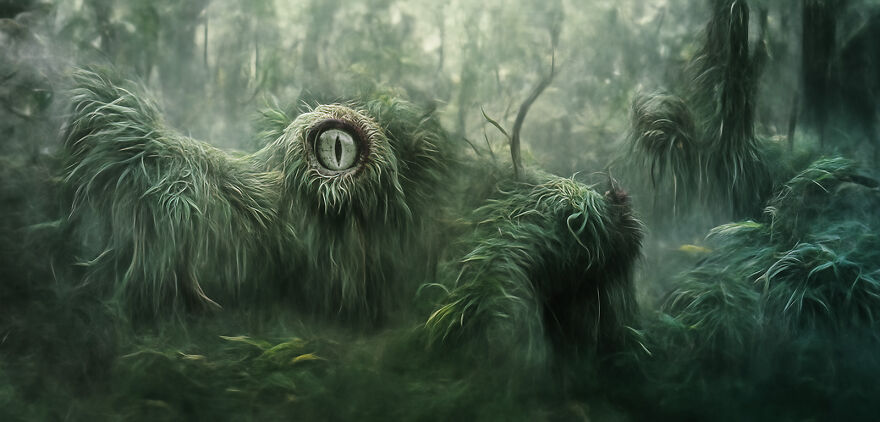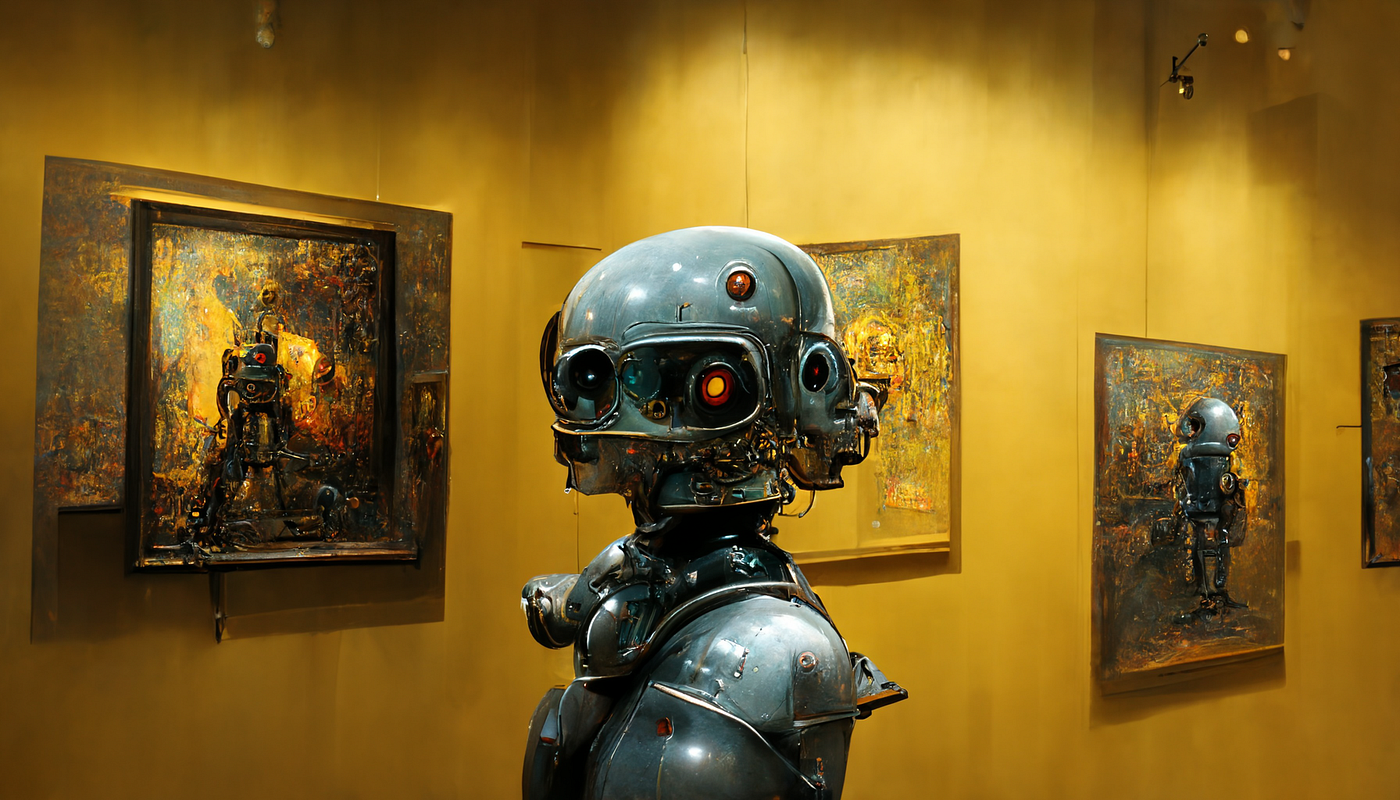AI (Artificial Intelligence) refers to the simulation of human intelligence in machines that are designed to think and act like humans. It involves creating systems that can perform tasks that would normally require human-level intelligence, such as understanding natural language, recognizing objects and images, solving complex problems, and making decisions.
HOW AI MAKES ARTWORKS?
There are several ways that AI can be used to create artwork, such as:
Generative algorithms: These algorithms can be trained on a dataset of images, and then used to generate new, unique images that are similar to the ones in the dataset.
Neural style transfer: This technique uses a pre-trained neural network to apply the style of one image to the content of another image, creating a new, unique image that combines the two styles.
Evolutionary algorithms: These algorithms can be used to generate artwork by simulating the process of evolution. Artists can set certain parameters and constraints, and the algorithm will generate a large number of different images, selecting the best ones to "breed" together to create new generations of images.
Reinforcement learning: AI can be trained to generate artworks by rewarding or punishing it for certain actions.
AI-Assisted: AI is used as a tool for an artist to help them in the creative process, such as providing inspiration, composing music, or even assisting with the physical creation of the artwork.
AI can use a variety of image databases to generate artwork, some of the common ones include:
ImageNet: This is a large dataset of over 14 million images, organized into over 20,000 categories. It is commonly used to train image recognition models.
COCO (Common Objects in Context): This is a dataset of over 330,000 images of common objects, with 80 object categories and more than 2.5 million object instances. It is commonly used for object detection and segmentation tasks.
DTD (Describable Textures Dataset): This dataset contains 5640 images of textures, each labeled with 61 texture attributes. It is commonly used for image classification, retrieval and generation.
Places365: This is a dataset of over 10 million images, organized into 365 scene categories. It is commonly used for scene recognition and understanding.
Open Images: This is a dataset of over 9 million images, labeled with object bounding boxes and object class labels. It is commonly used for object detection and classification tasks.
There are also many other image databases available, and some researchers and artists may choose to use a specific dataset that is tailored to their project. The dataset used will depend on the specific task and desired output of the AI model
CAN AI DIFFERENTIATE BETWEEN COPYWRITED CONTENT AND FREE CONTENT?
AI can be trained to differentiate between copyrighted and free content, but it would require a specific dataset to be labeled with copyright information, and it would require a relatively complex algorithm to be developed.
One way to do this would be to use a dataset of images with known copyright status, and train a machine learning model to recognize patterns and features that indicate whether an image is copyrighted or not. This could include things like watermarks, text overlays, or specific image features that are commonly found in copyrighted images.
Another approach would be to use a pre-trained model on a dataset like Google's Cloud Vision API or Microsoft's Azure Computer Vision, which can detect and extract text from an image, and then use a Natural Language Processing model to identify if the image contains a copyright statement or not.
It's important to note that even with the best technology, it's not possible to detect all copyrighted images, as the copyright status of an image can be complex, and it's hard for AI to understand the context of the image. Additionally, it's not easy to distinguish between copyrighted and free content with 100% accuracy, and false positives and negatives can happen.
It's also worth noting that using copyrighted content without permission is illegal, and AI models should not be trained or used to reproduce copyrighted material without permission from the copyright holder.



I like the way you describe all the things.
ReplyDeleteGood job brother 👍
ReplyDelete